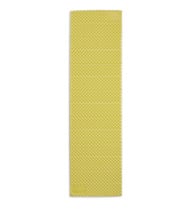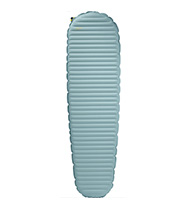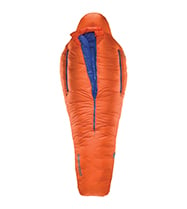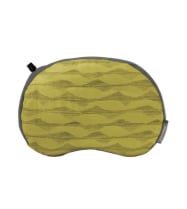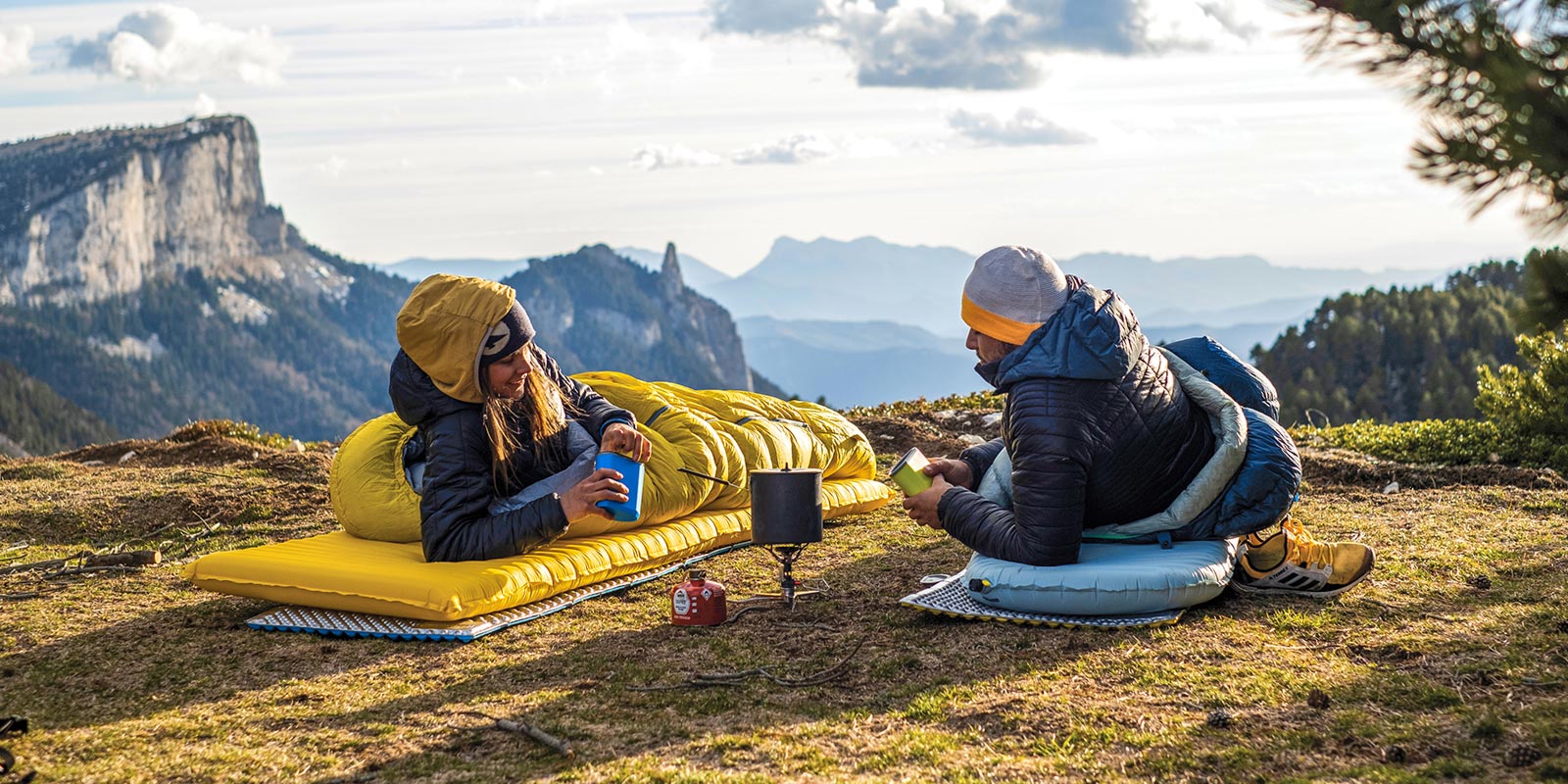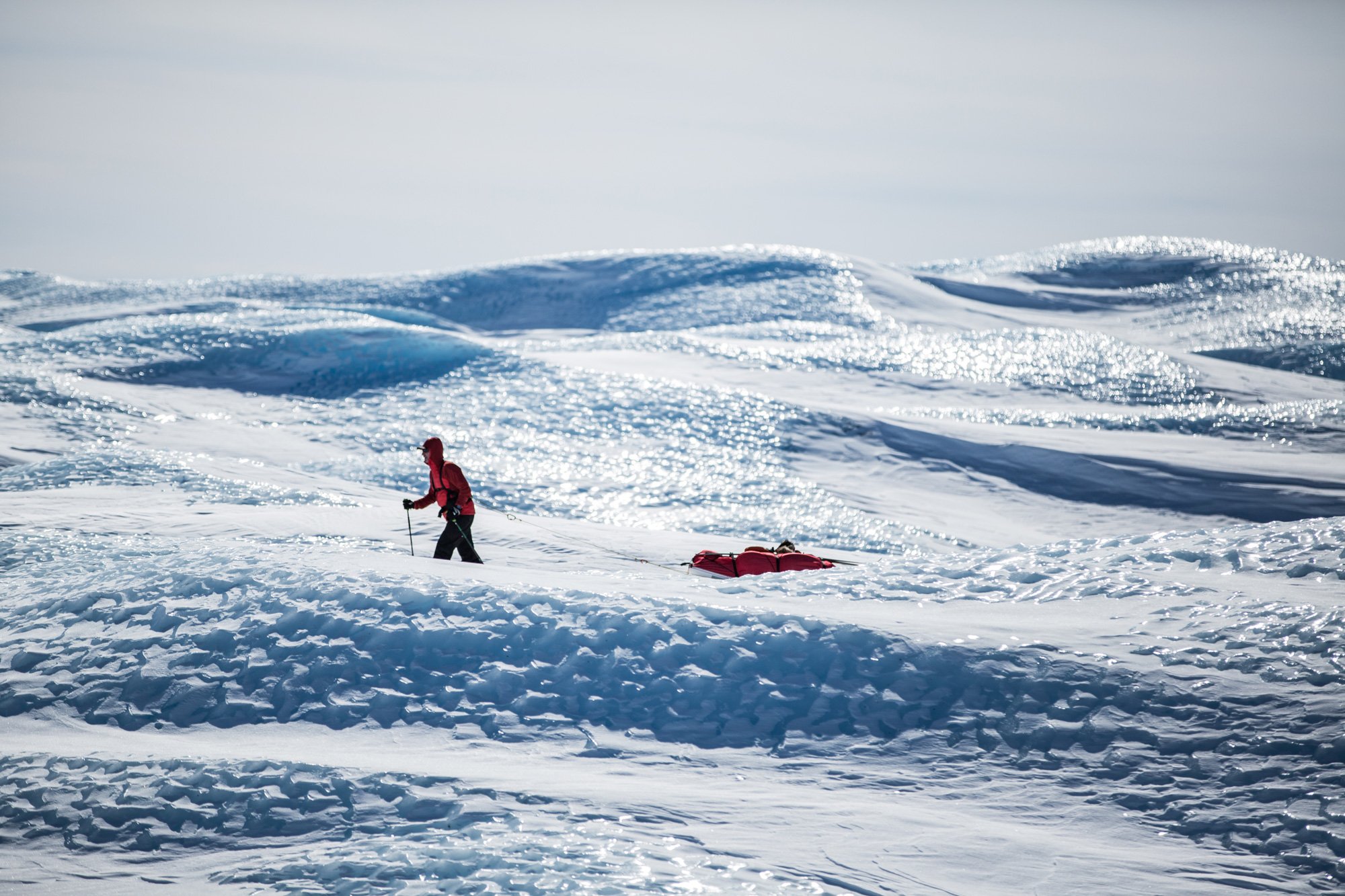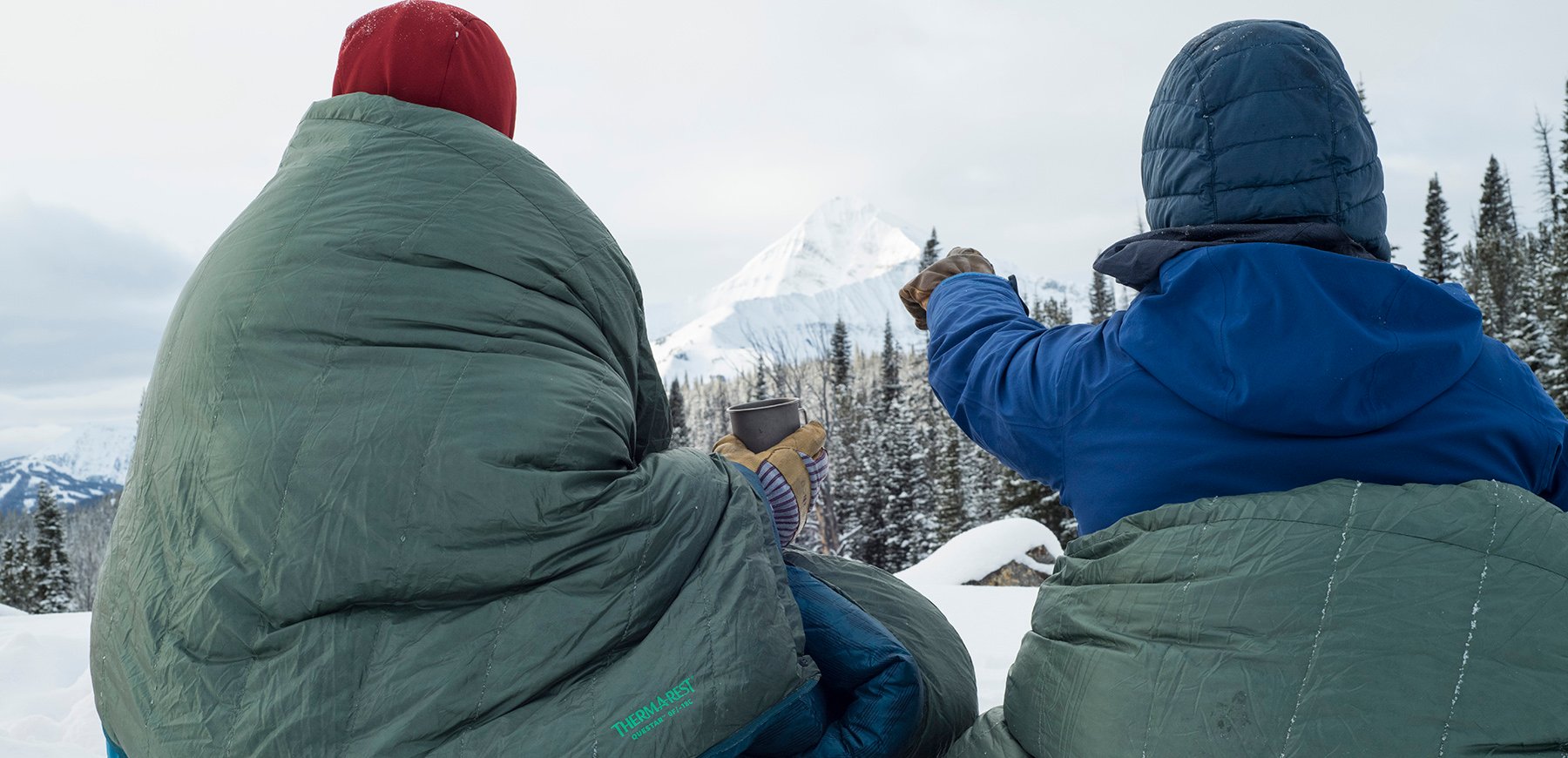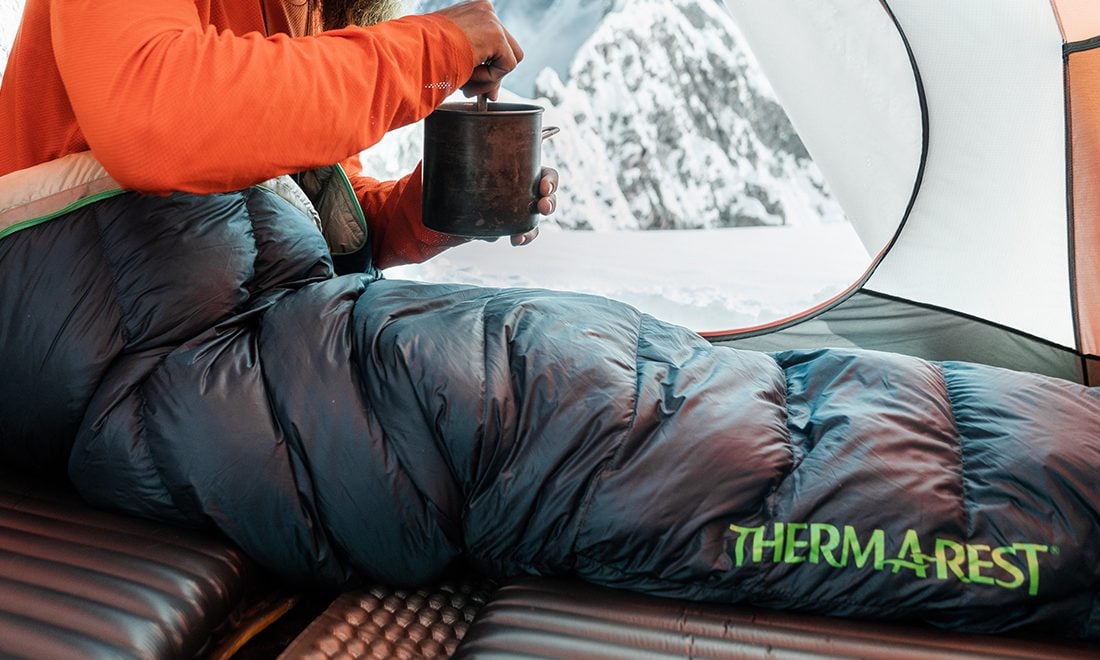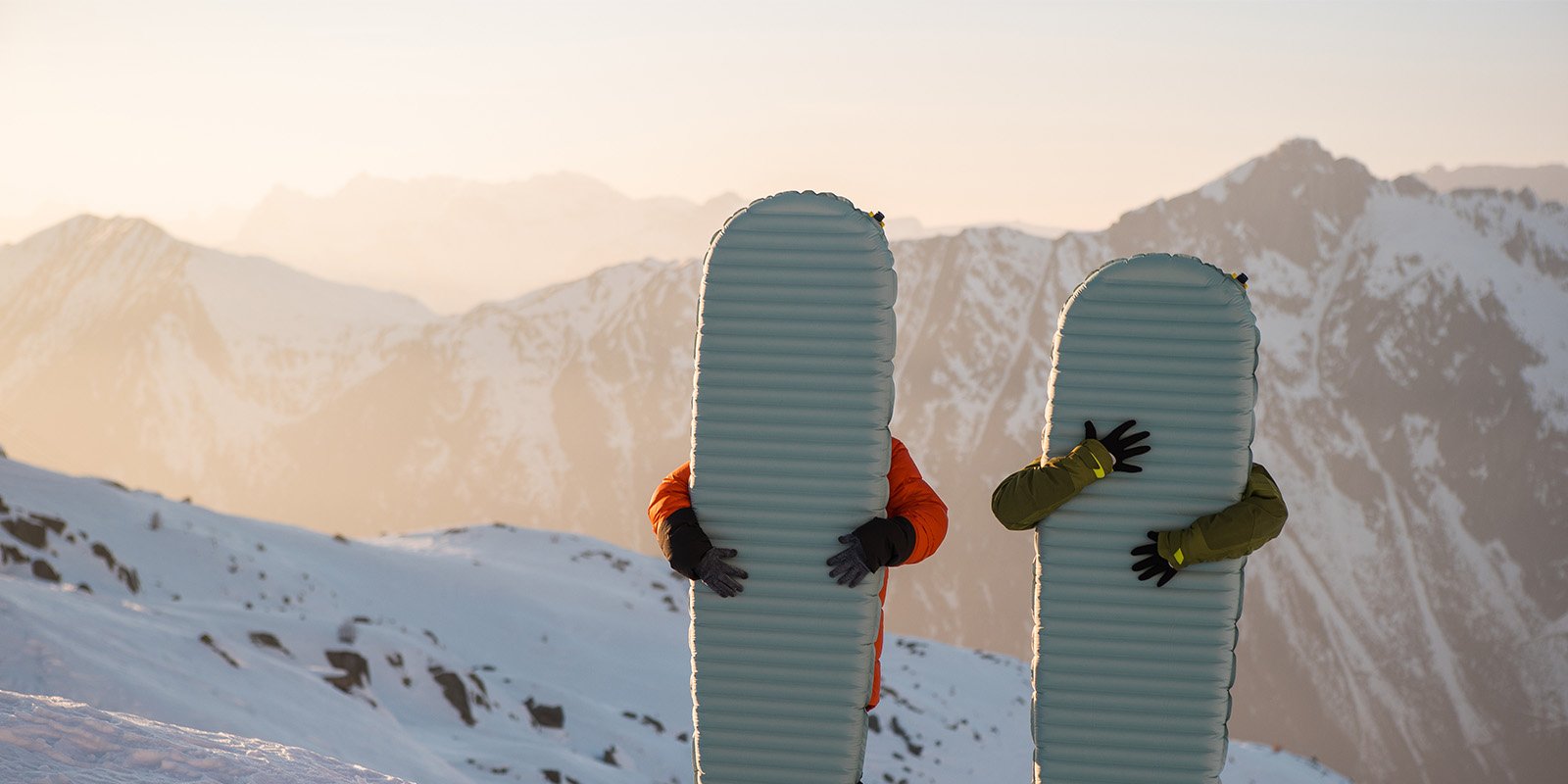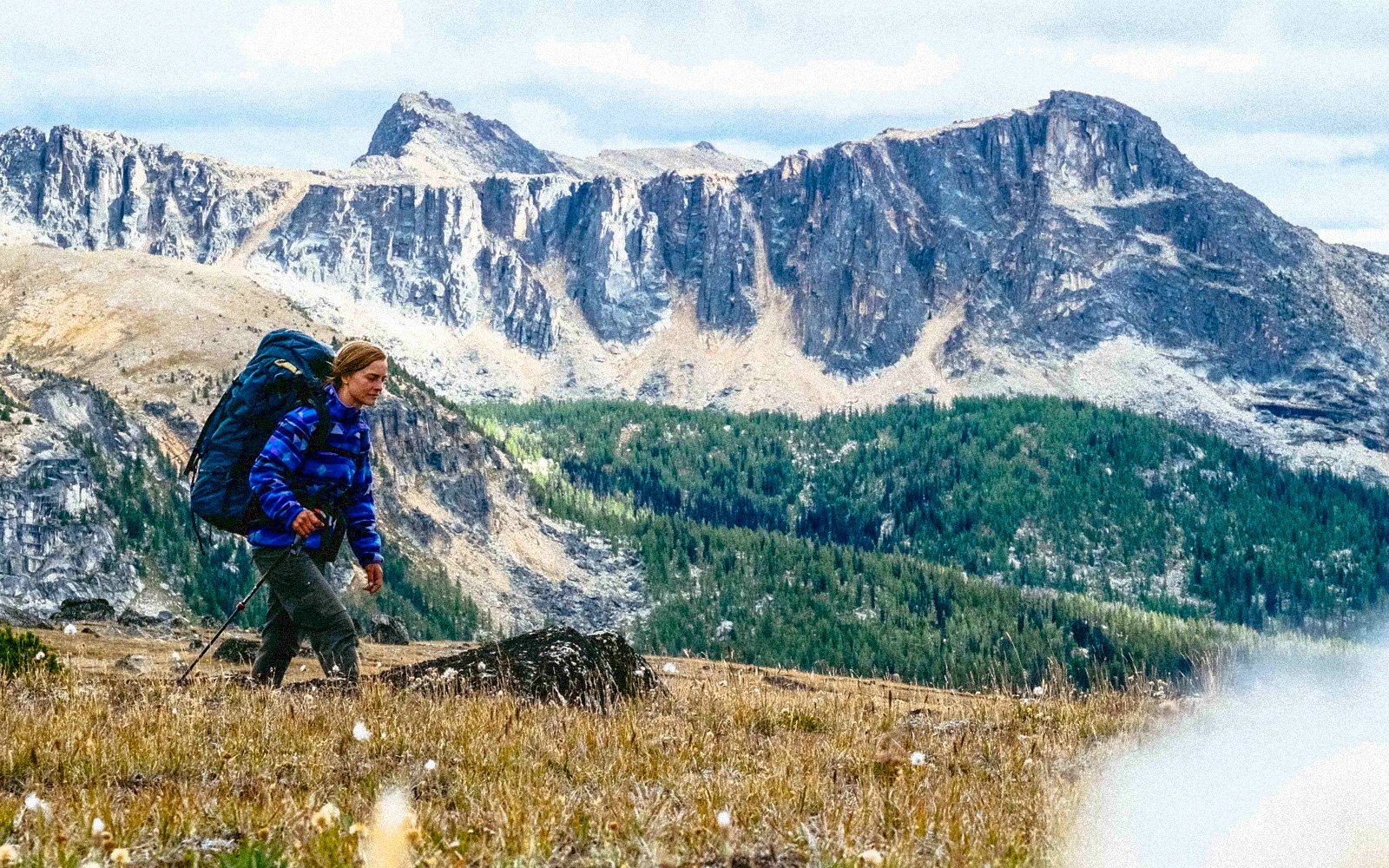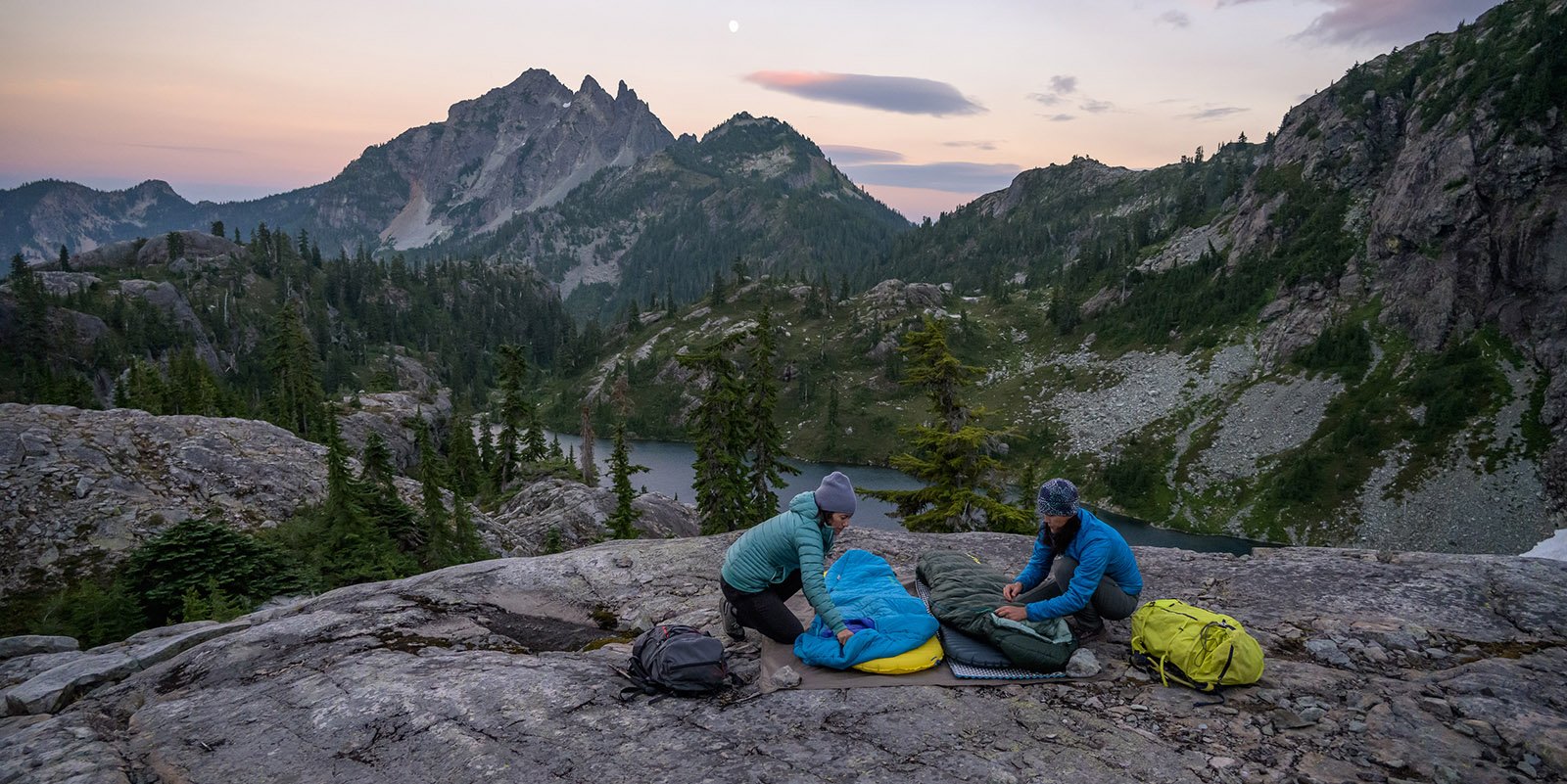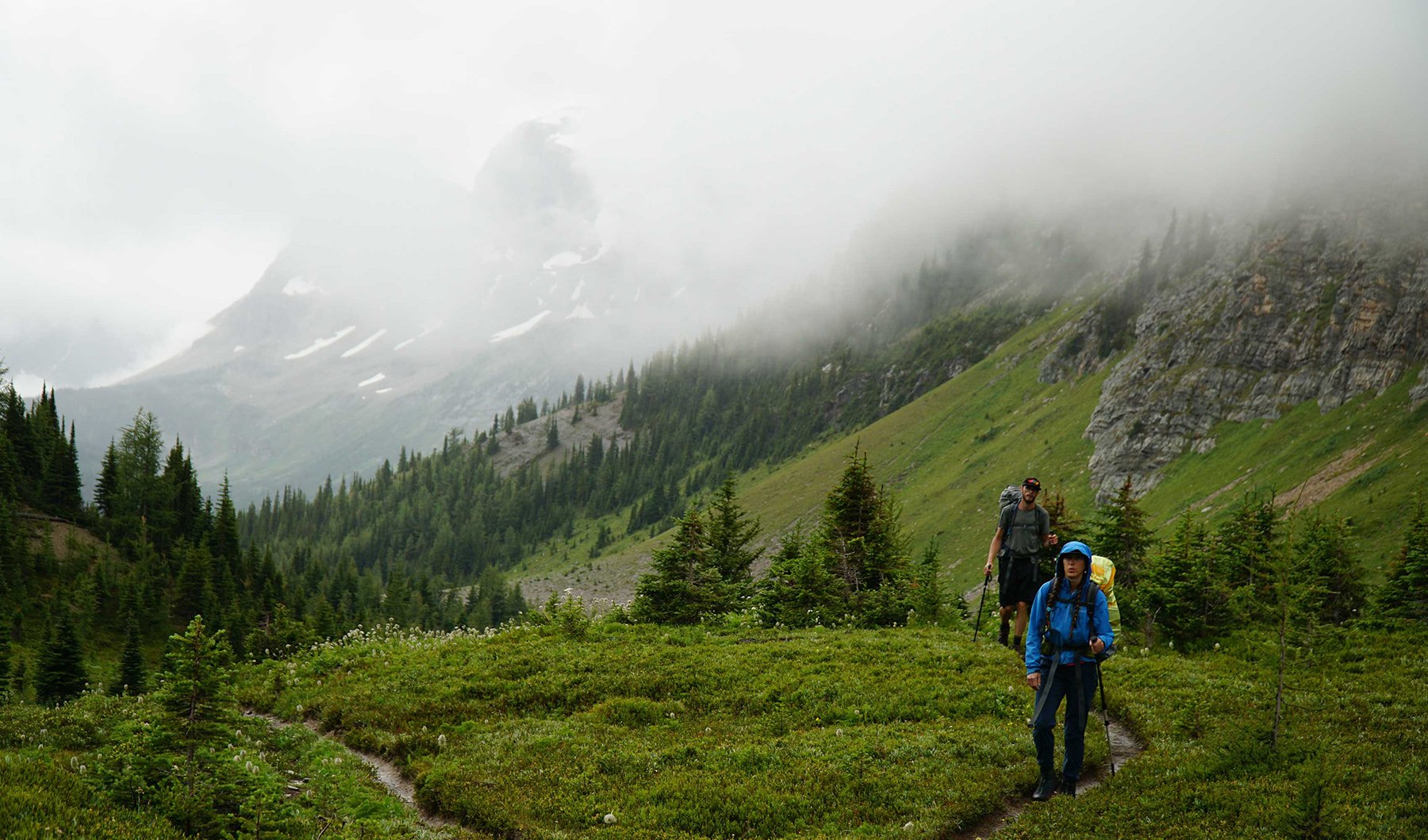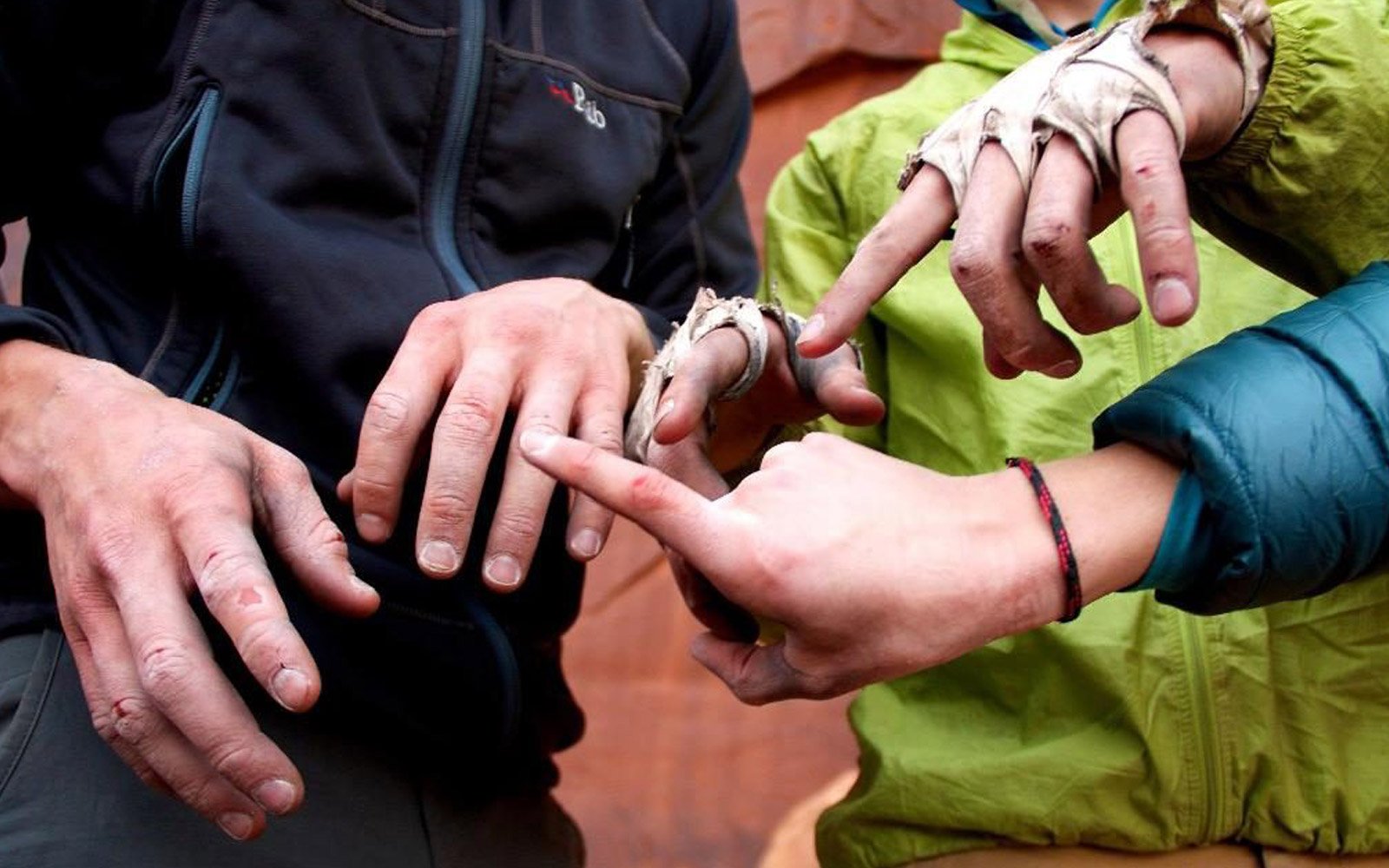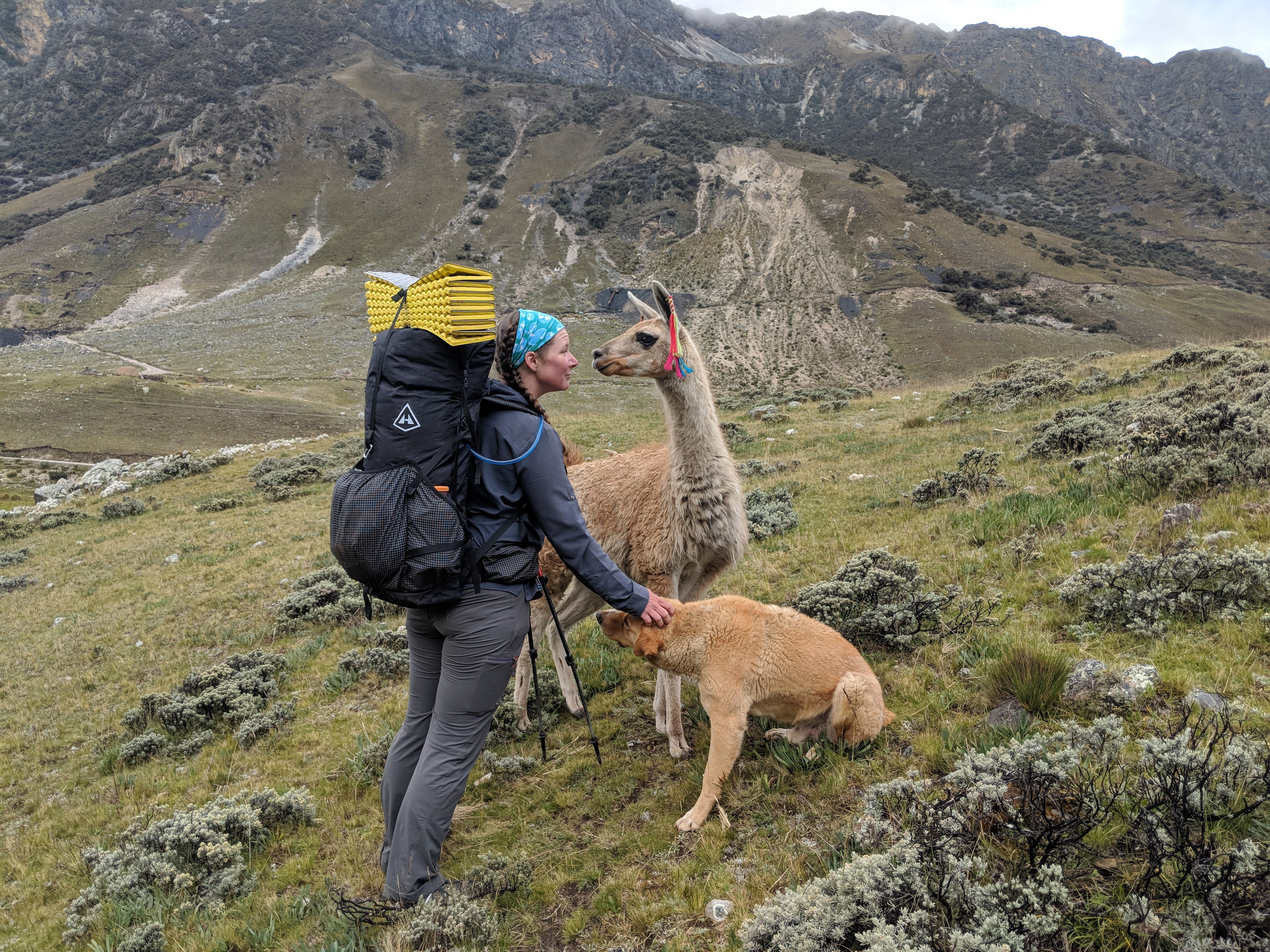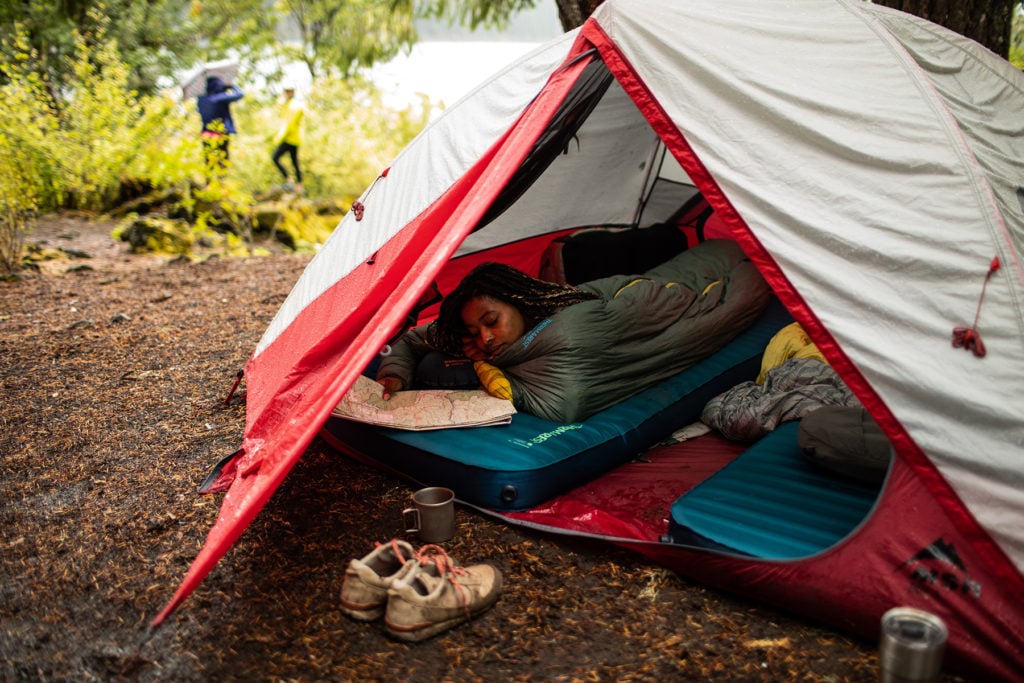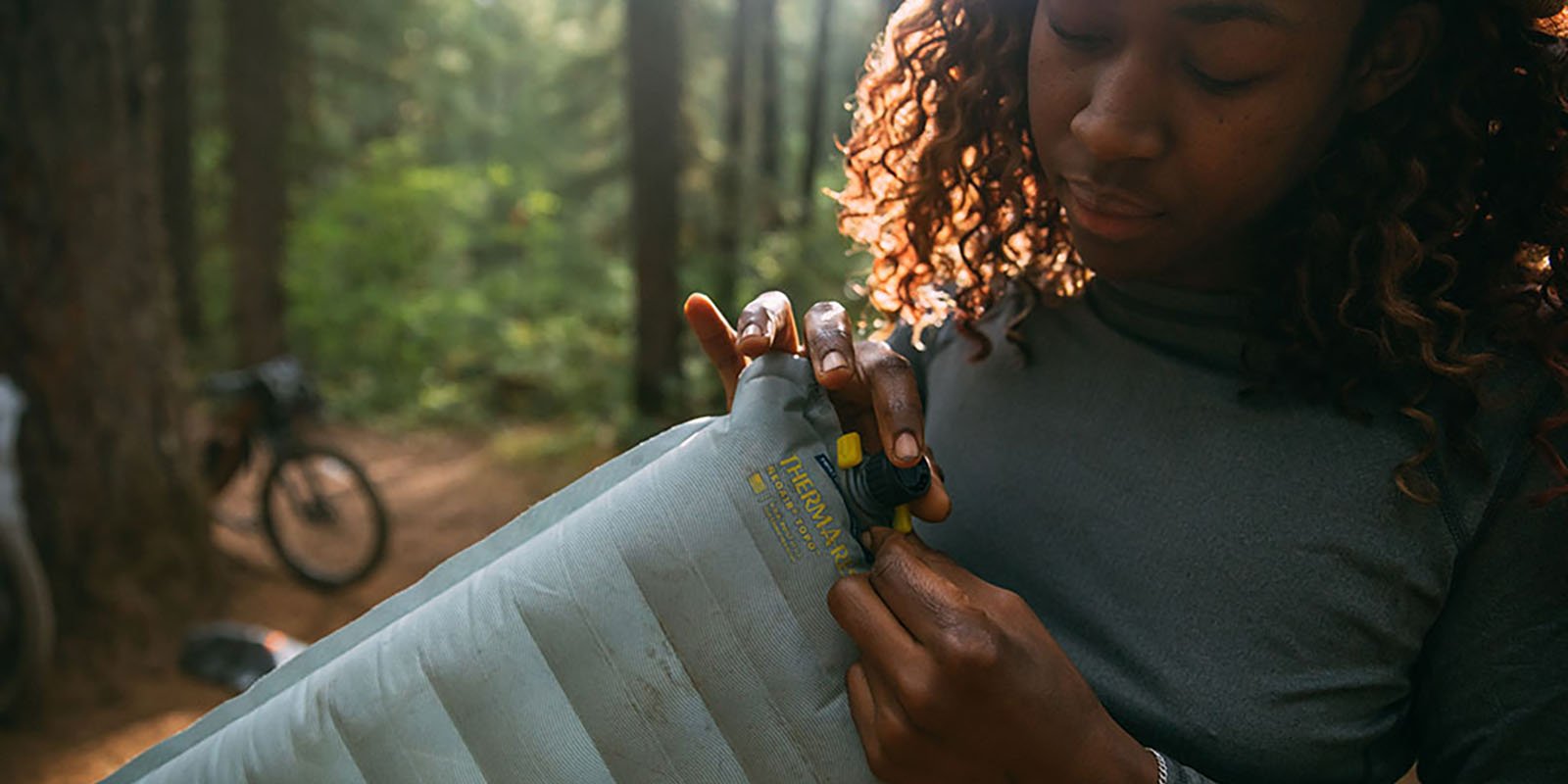Winter camping can be daunting, but with some knowledge of how to stay safe, warm and comfortable it doesn’t have to be. With these winter camping safety tips your fourth season adventures will be deeply rewarding experiences.
These tips come from years of experience in backcountries that range from wintry to downright extreme. During 7 years of military service and many more mountaineering, I spent many months training in the Arctic circle and Antarctica. My mountaineering expeditions took me around the world from Greenland to Mount Kenya. I’ve learned a lot from friends, locals, specialists, books and raw trial and error. I would like to offer a few pointers that could help if you want to camp this winter.
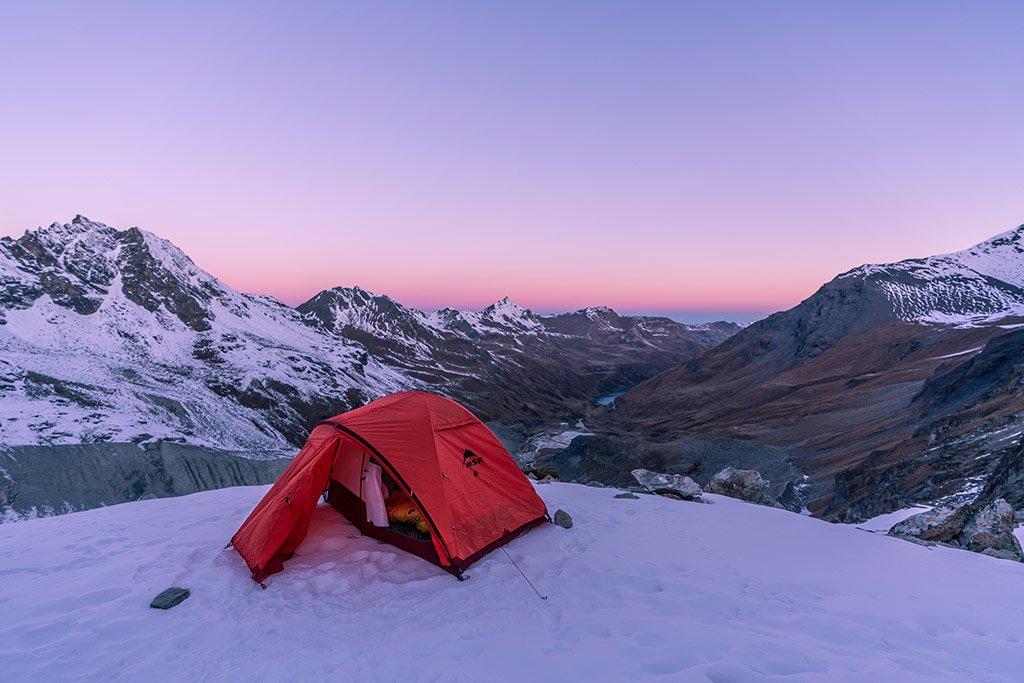 Photo by Alex Hernandez
Photo by Alex HernandezTip #1: Camp in a Safe Location
Whether you are setting up camp at the valley floor, on a glacier or perched on the side of a mountain there are a few considerations you should make before you decide where to pitch your tent.
Look for fall and runout zones—this goes for rockfall and avalanches—and avoid them. Have a dialogue with yourself or your group: “Is there a bit of high ground or a ridgeline that would be better suited? Is sleeping at the bottom of that gully the best we can do?” Signs that you may still be in a runout zone could be previous avalanche debris, out of place rocks on top of the snow, or broke branches. Identifying a runout zone is a part of the important skill of recognizing avalanche terrain.
Avoid potential dead fall from trees. Are the trees covered in snow or is it snowing heavily? If you pitch your tent under them you could be abruptly awakened by a torrent of snow plummeting onto your tent at night. Worse, a branch could break under the weight of snow and fall on your tent.
A location protected from wind will go a long way in your quest to stay warm. Building a tent site by leveling the floor and using the excess snow to build a wall around your tent can really help defend your camp from the wind.
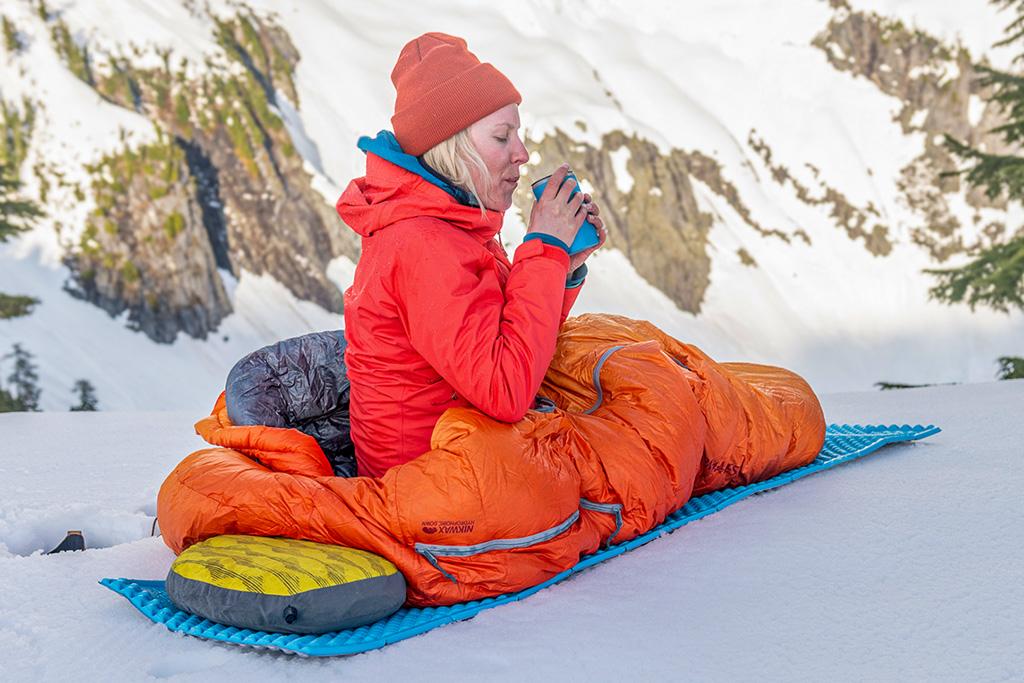 Photo by Colin Wiseman
Photo by Colin WisemanTip #2: Do Food & Water the Right Way
Staying hydrated is still very important in winter, even though you may not feel as thirsty. Hot drinks are preferable as your body doesn’t have to expend energy warming them up.
Melting snow for water is a common practice so you don’t have to carry large amounts with you. Dig under the surface layer of snow to find fresher snow. Any water should be kept in insulated containers to keep it from freezing. Alternatively, you can put water containers in your sleeping bag, or at least between two people, while sleeping to keep them from freezing.
Boil-in-the-bag meals are great, but they do have the drawback of being inedible if your stove or your lighter fails. A flint is always handy for this reason, and it’s important to keep your stove well serviced and maintained. Don’t waste any hot water; you can keep it in bottles and use it as a hot water bottle or make a hot drink before bed. Also, make sure at least some portion of your calories can be consumed without cooking, in case you run out of fuel.
Be sure to bring enough fuel as you will be using it to melt snow and cook. Liquid fuel stoves are a good idea when winter camping. They produce a more consistent heat output in cold temperatures and are much more serviceable in the field in the event of a failure.
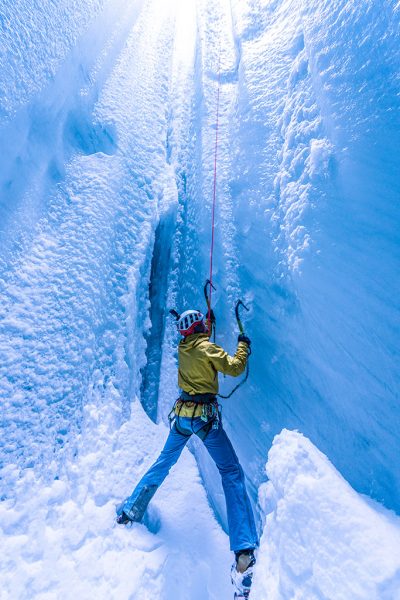 Photo by Alex Hernandez
Photo by Alex HernandezTip #3: Bring the Right Gear & Use it Properly
Of all the winter camping safety tips, newcomers to winter camping probably have this one at the front of their minds. After all, clothing and equipment are the first layer of defense against the cold.
Keep close track of your clothing. When putting items of clothing down, never leave them unattended—a lost glove could quickly become a medivac if digits are exposed. This goes with tent bags, hats, etc.—anything that is essential and could be lost easily or blown in the wind. (I will never go on a winter trip without a spare pair of gloves, and I like to pack hooded tops so I’ve always got some sort of hat on hand.)
After a long day, it’s easy to quickly bed down for the night without thinking about the consequences. Even with a high-performance winter sleeping bag and pad, what you wear to bed and how you care for your kit overnight matters.
Sleep with your boots, don’t leave them outside; again, they can be put in between you and another sleeper. (Bring a plastic grocery bag to put them in to protect your sleeping bag from snow and dirt, but leave the top open so moisture can escape.) Frozen boots in the morning are not fun. Make sure you don’t go to bed wearing wet clothing. The moisture could freeze and quickly chill your body temperature. (A friend of mine once developed frostbite after leaving on his wet socks). Having spare base layers is helpful after an active day to ensure comfortable sleep.
Snow stakes will save you time and effort when trying for a stout tent pitch. Inside the tent, your choice of sleeping pad is very important, especially when you are so close to the snow. Heat loss primarily happens through conduction, so make sure you have a pad with a sufficient R-Value. The NeoAir® Xtherm™NXT is the four-season backcountry standard with an R-Value of 7.3.
Down sleeping bags—like the Parsec™ 0F/-18C—offer superb insulation from the cold because down insulation efficiently and effectively traps heat. Give your bag a good shake to loft the feathers in order to maximize the number of tiny heat-trapping air pockets. Your body is what heats up the air pockets, so a few star-jumps before bed to stoke your internal furnace can help! When fully zipped up, mummy-style sleeping bags create a breathing hole, use it. Covering your mouth in the sleeping bag will only trap unwanted moisture. Dialing in your winter sleep system will provide restful sleep despite the frigid temps.
Extra tip: Layering a closed-cell foam pad like the Z Lite ZOL™ under your inflatable pad will boost your overall R-Value. Similarly, layering a camping quilt like the Corus™ 32F/0C over your sleeping bag will lower its temperature rating (i.e. make it warmer).
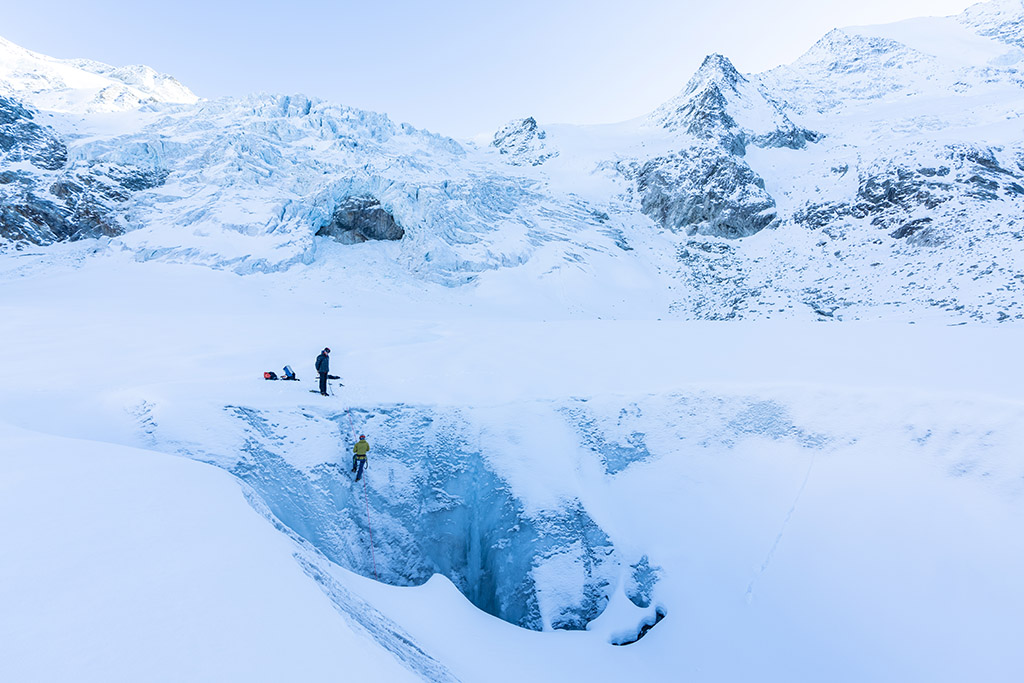 Photo by Alex Hernandez
Photo by Alex HernandezTip #4: Proper Communication & Planning
This tip is critical for every backcountry trip in any season and worth including here.
Always let a friend or family member know where you are going and when you’ll be back. That way rescue teams can quickly find you if you get stuck and don’t return. If you’re heading into particularly remote backcountry, a SPOT device could be very helpful in the event of an emergency. Do not rely solely on GPS and other electronic devices; it’s important to be able to read a map or better yet have an orienteering skill set.
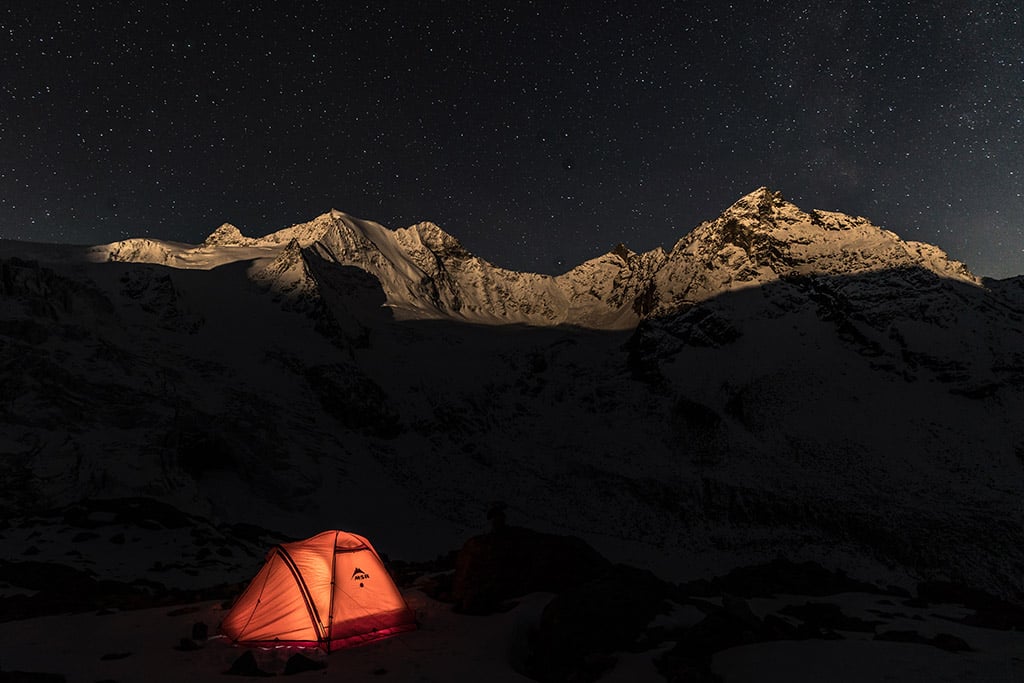 Photo by Alex Hernandez
Photo by Alex HernandezFinal Thoughts
Winter camping adds another level of logistics, gear and knowledge, but it also adds a greater feeling of accomplishment and excitement. Hopefully these winter camping safety tips help you to enjoy a few wintry nights out under the stars.
Related Posts:
- Tips for Adventure No Matter the Forecast
- Winter Sleeping Pad: How to Choose
- Why I Don’t Stress About Safety In The Woods
Updated. Originally February 24, 2021.

